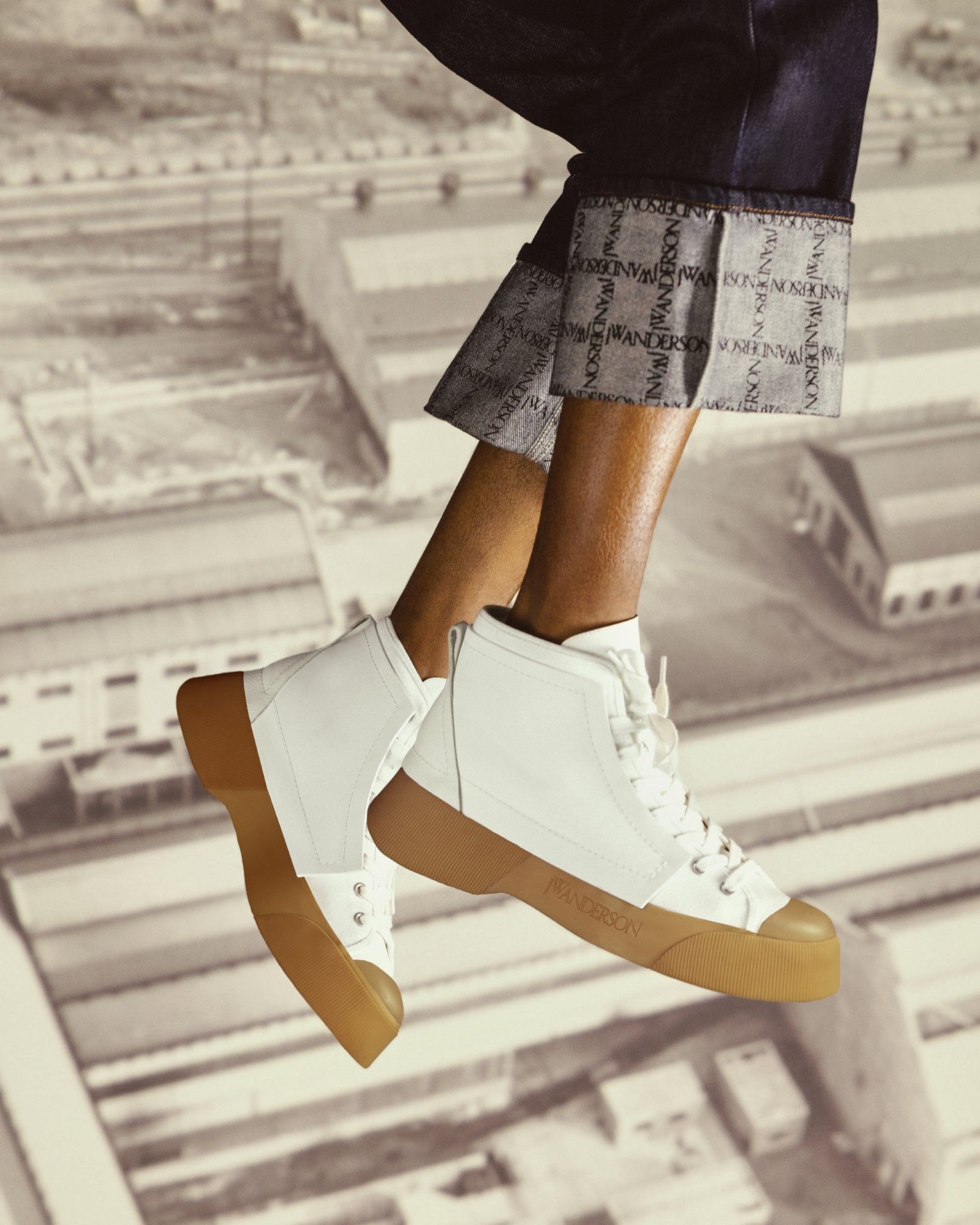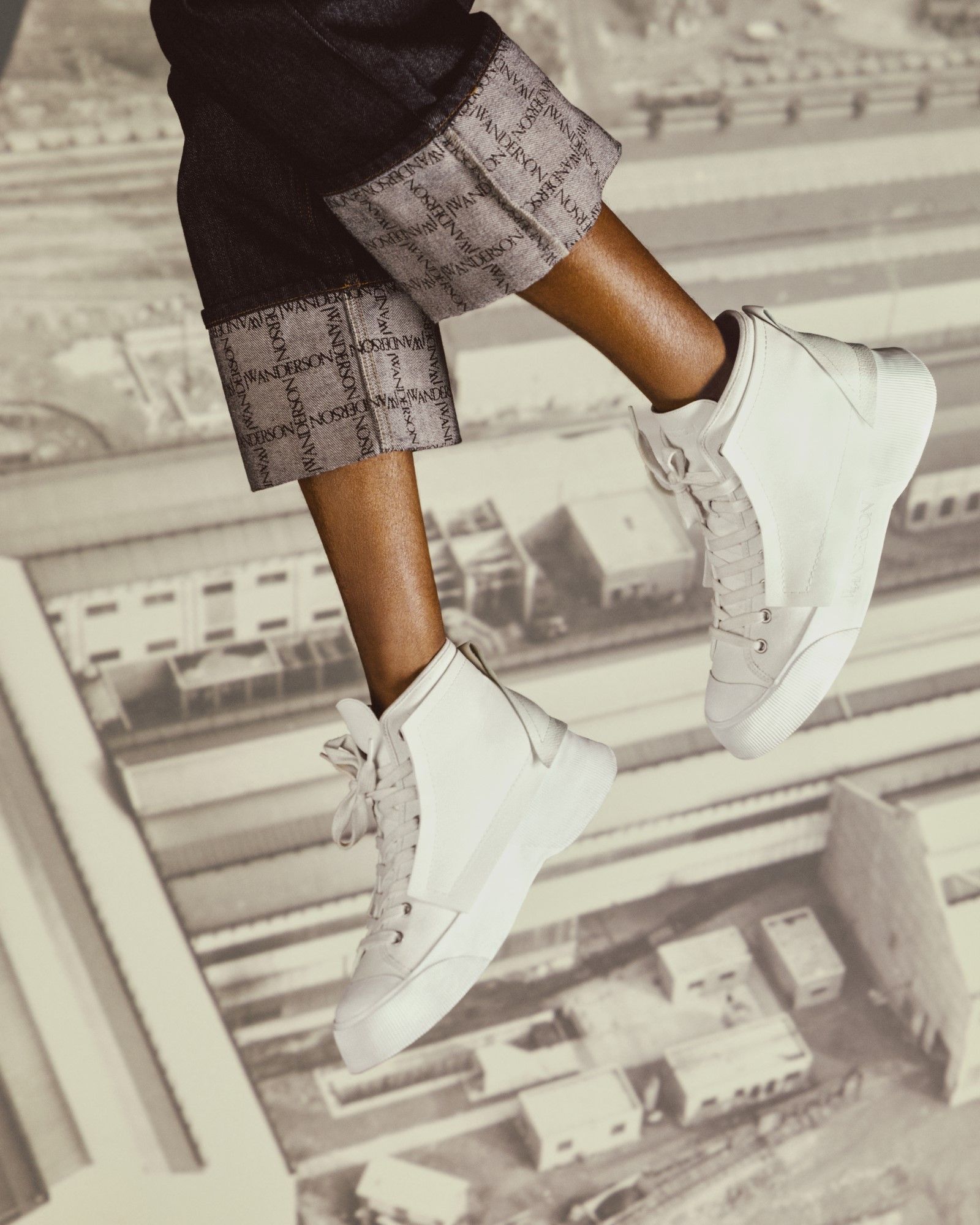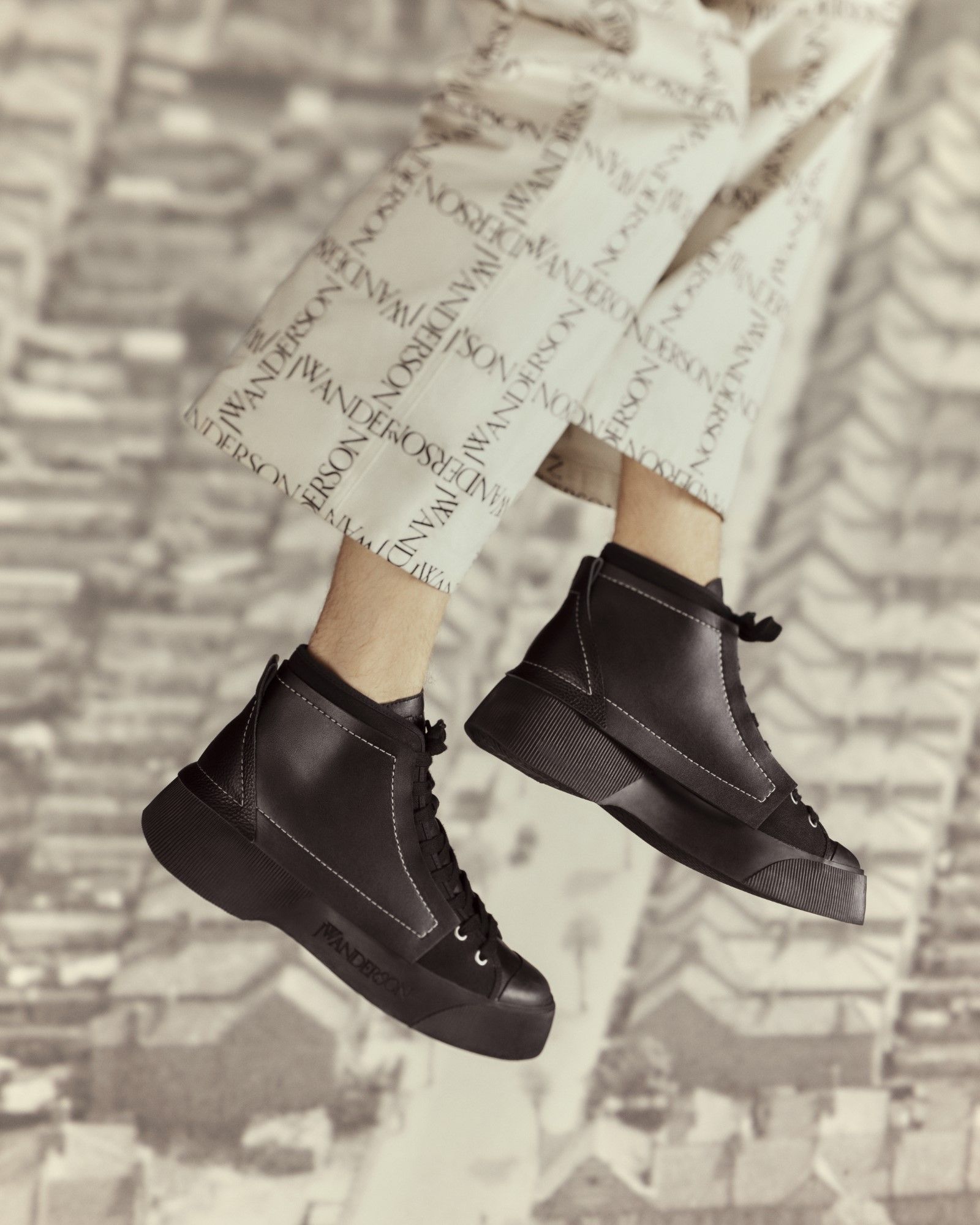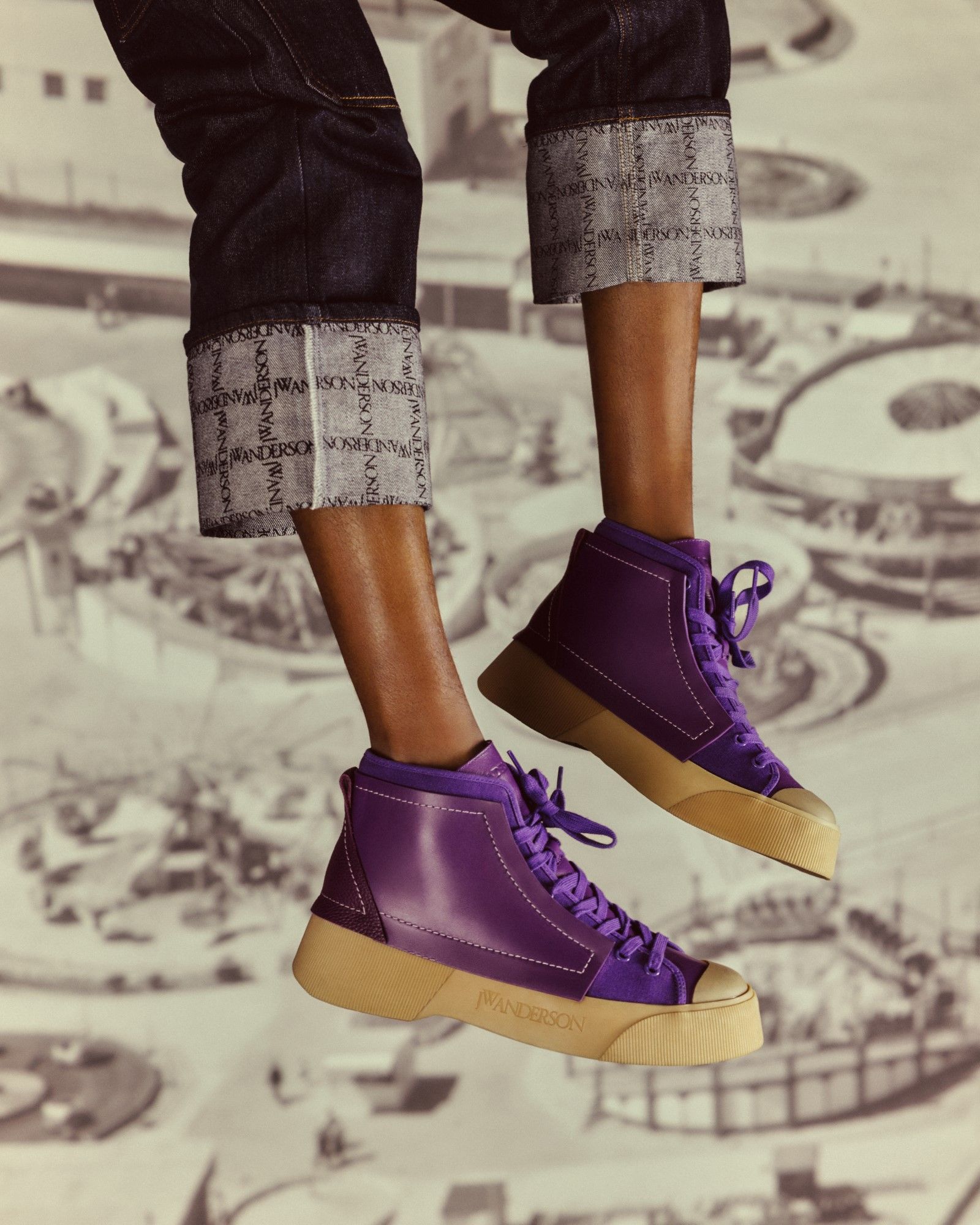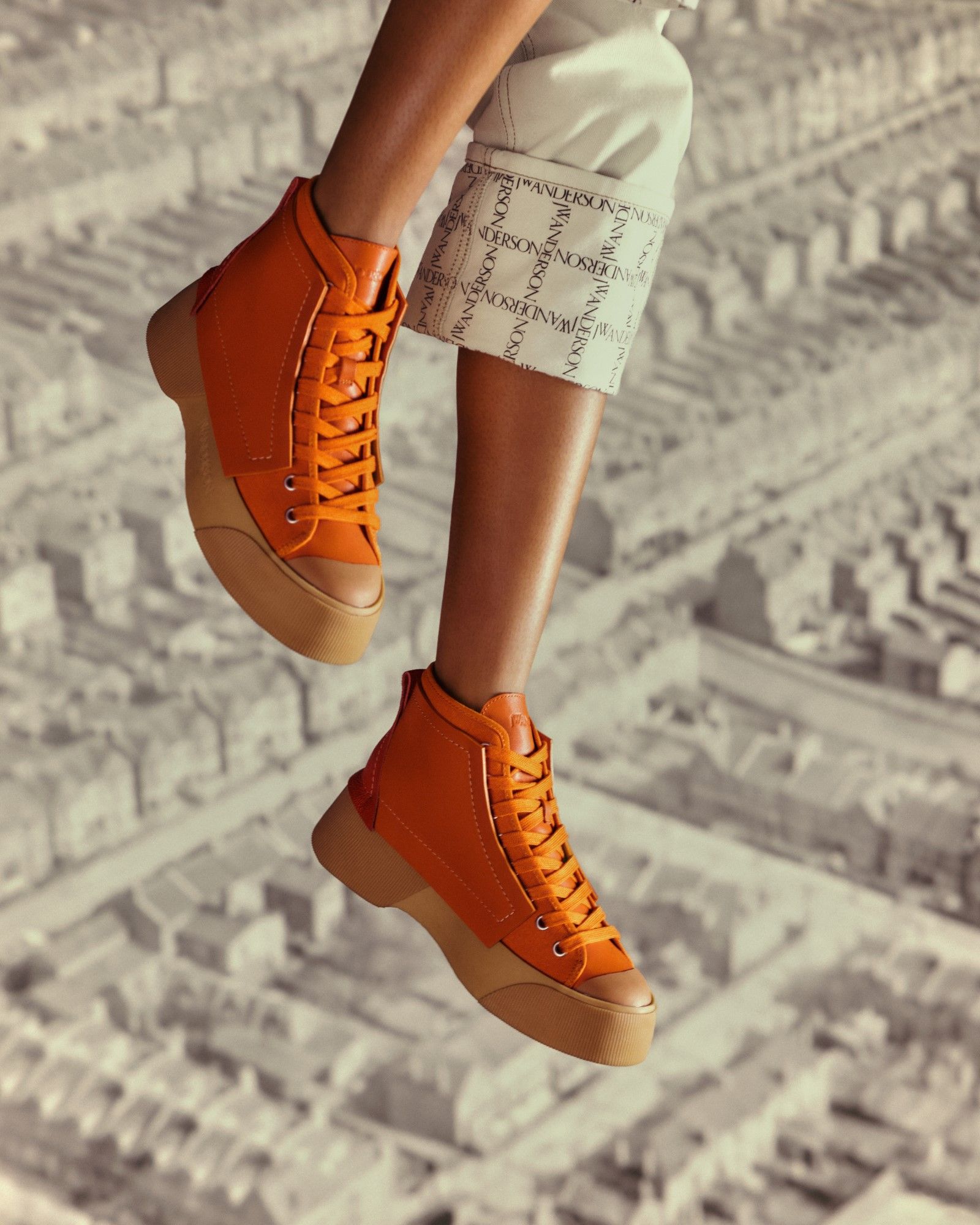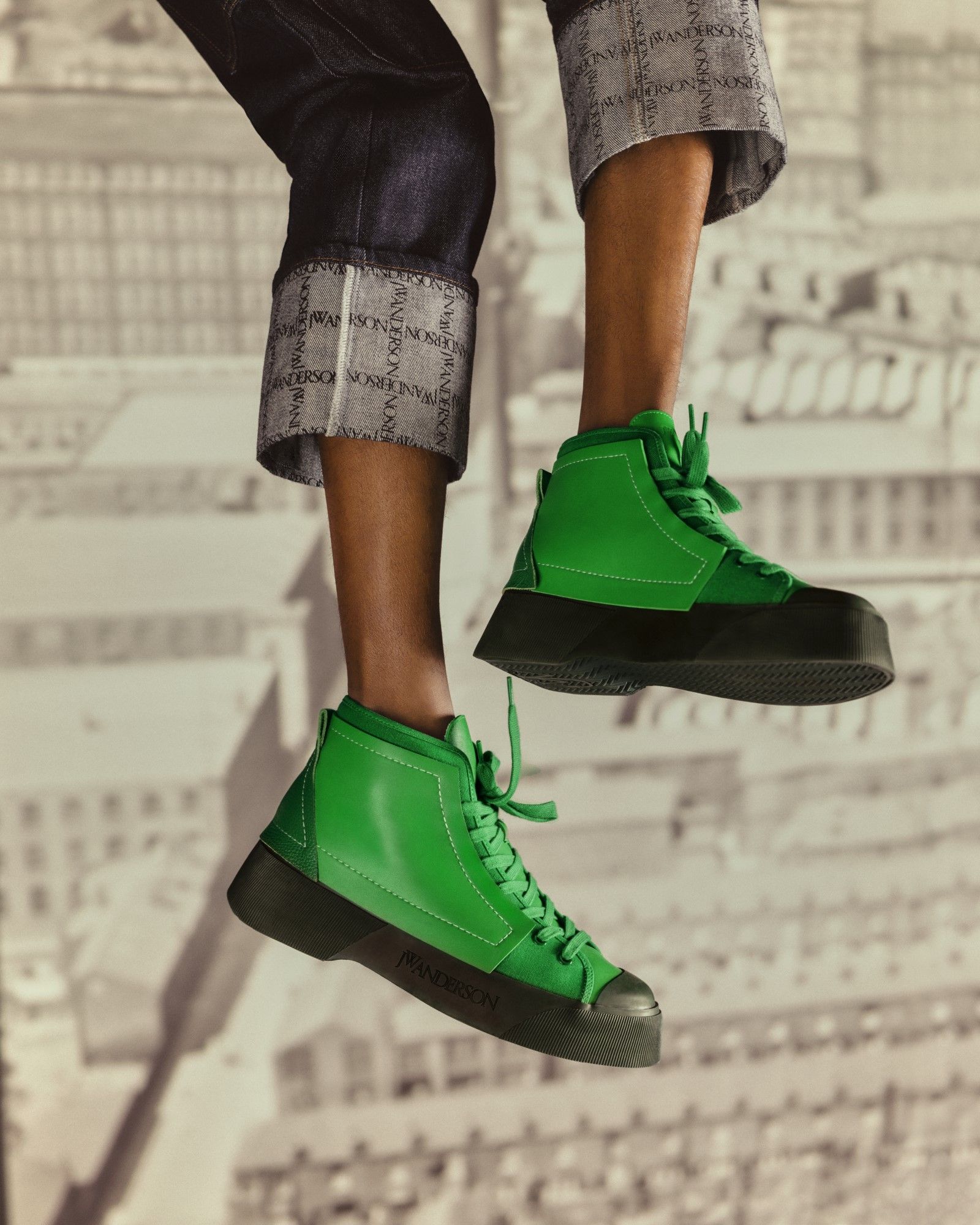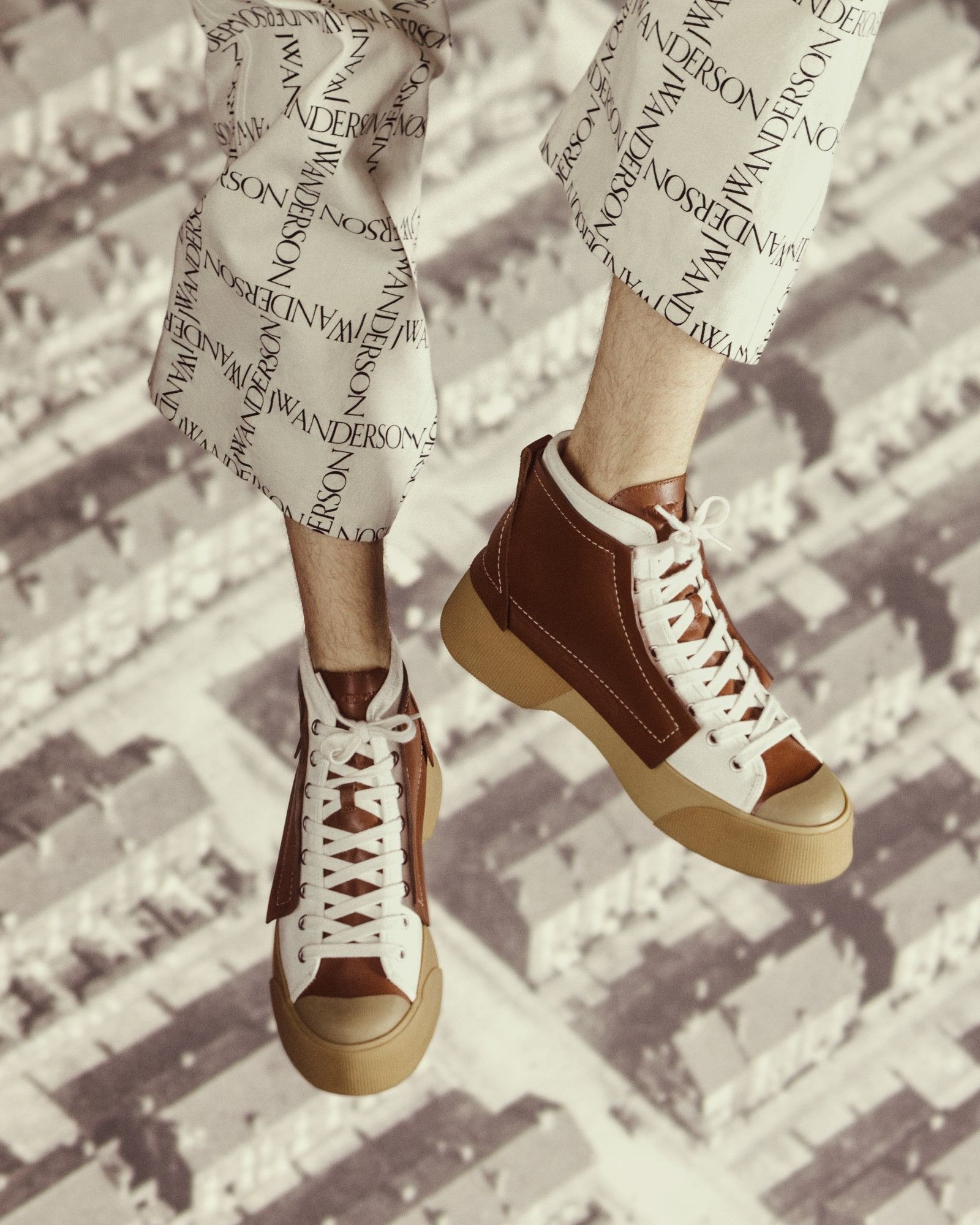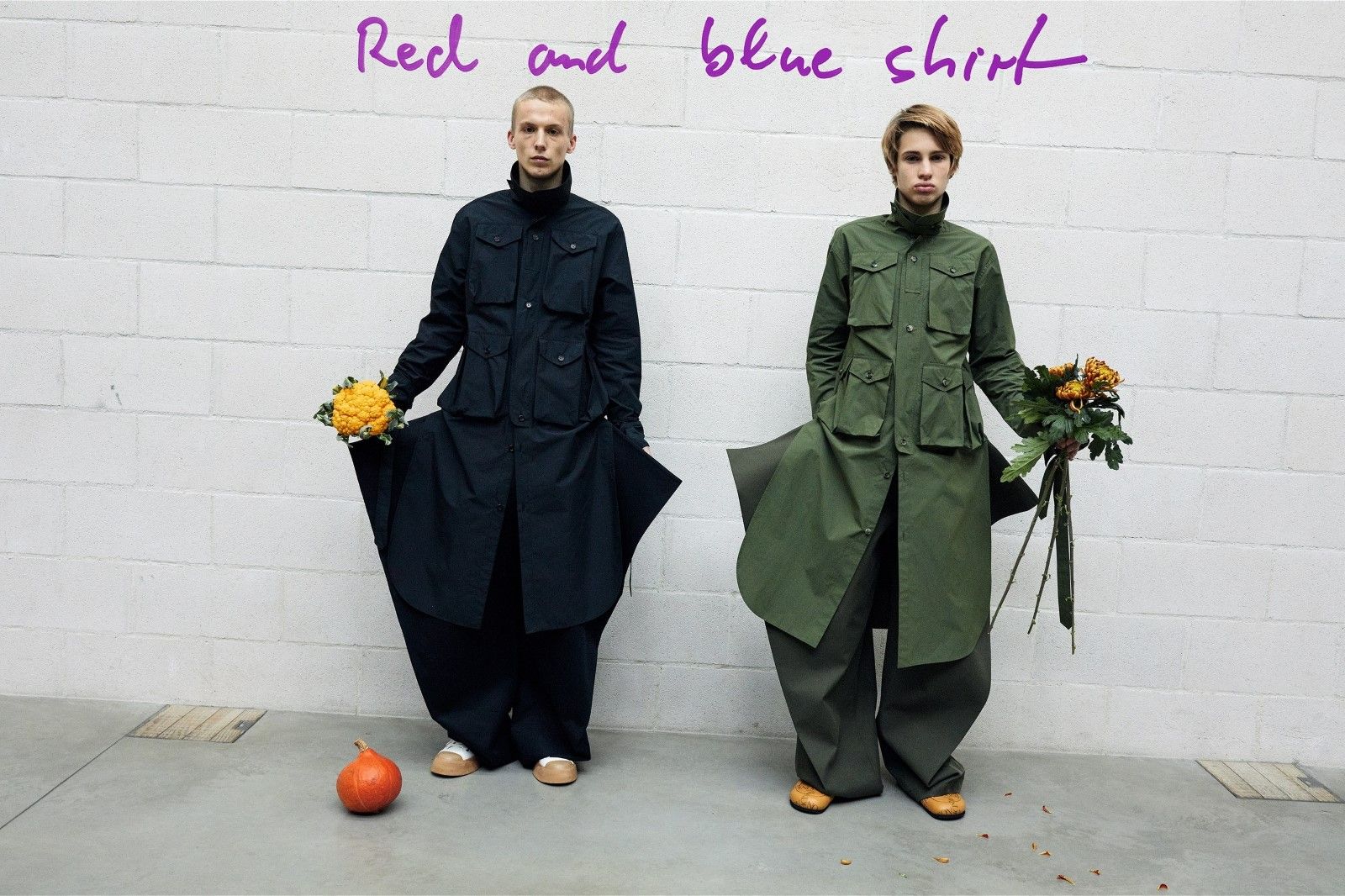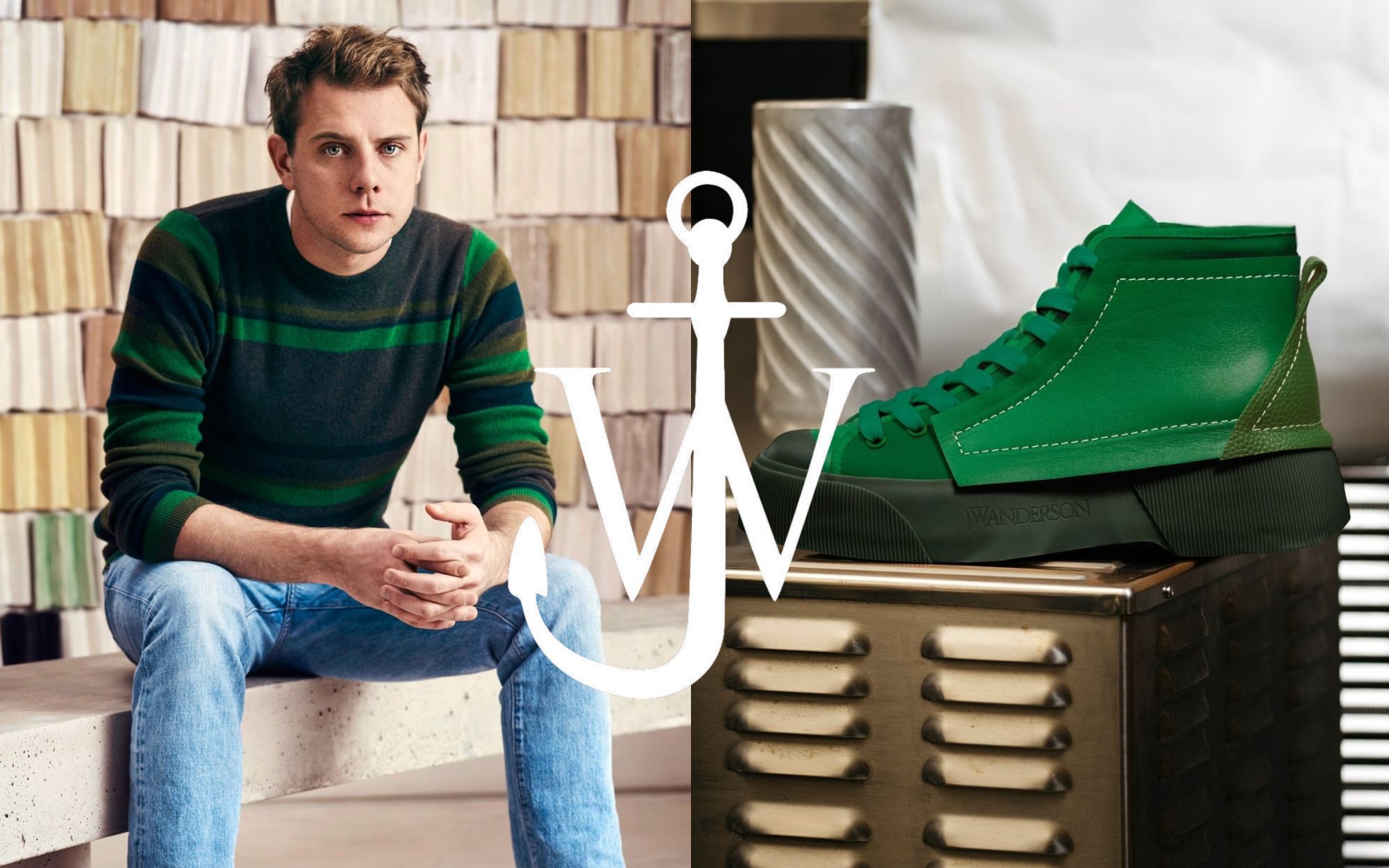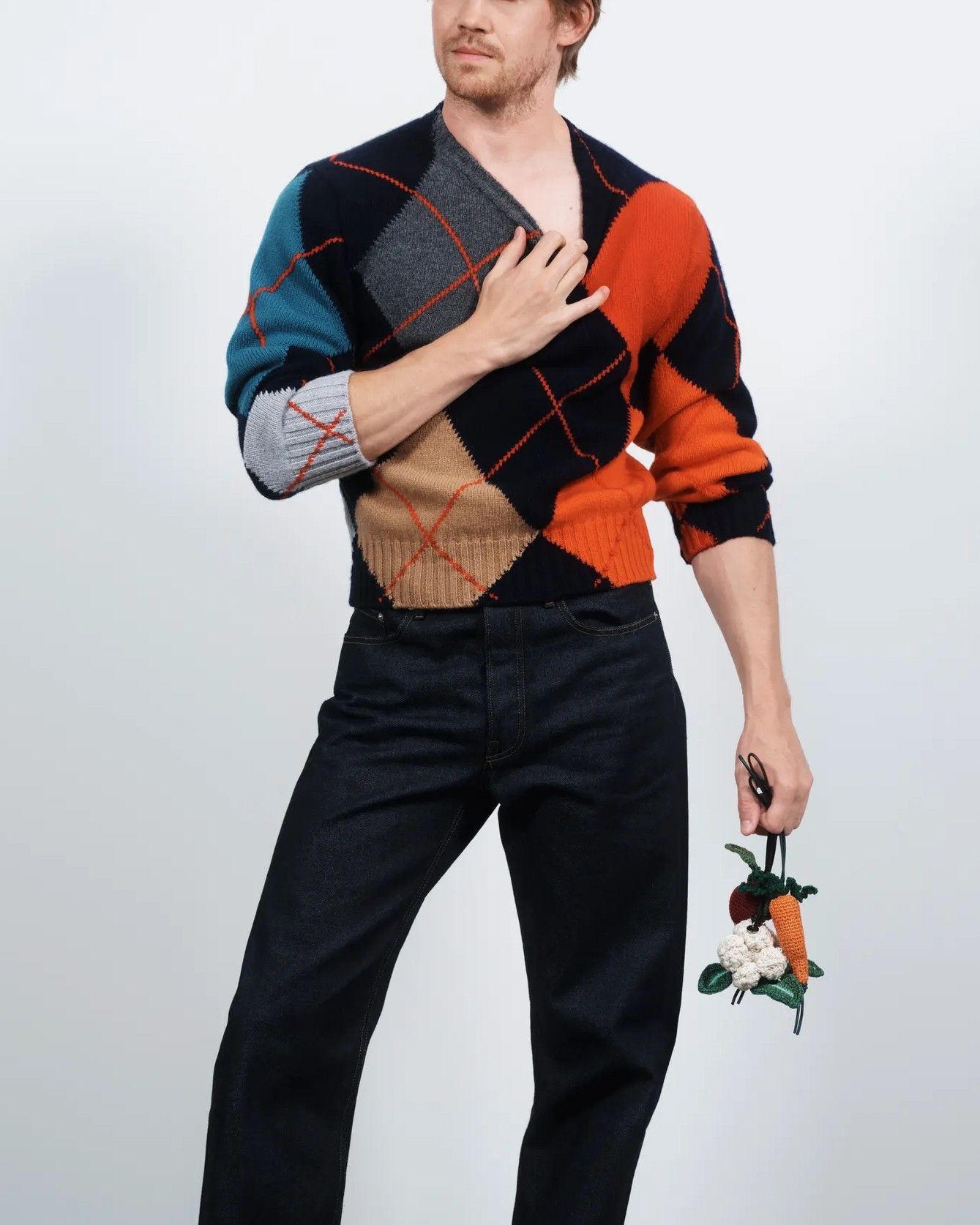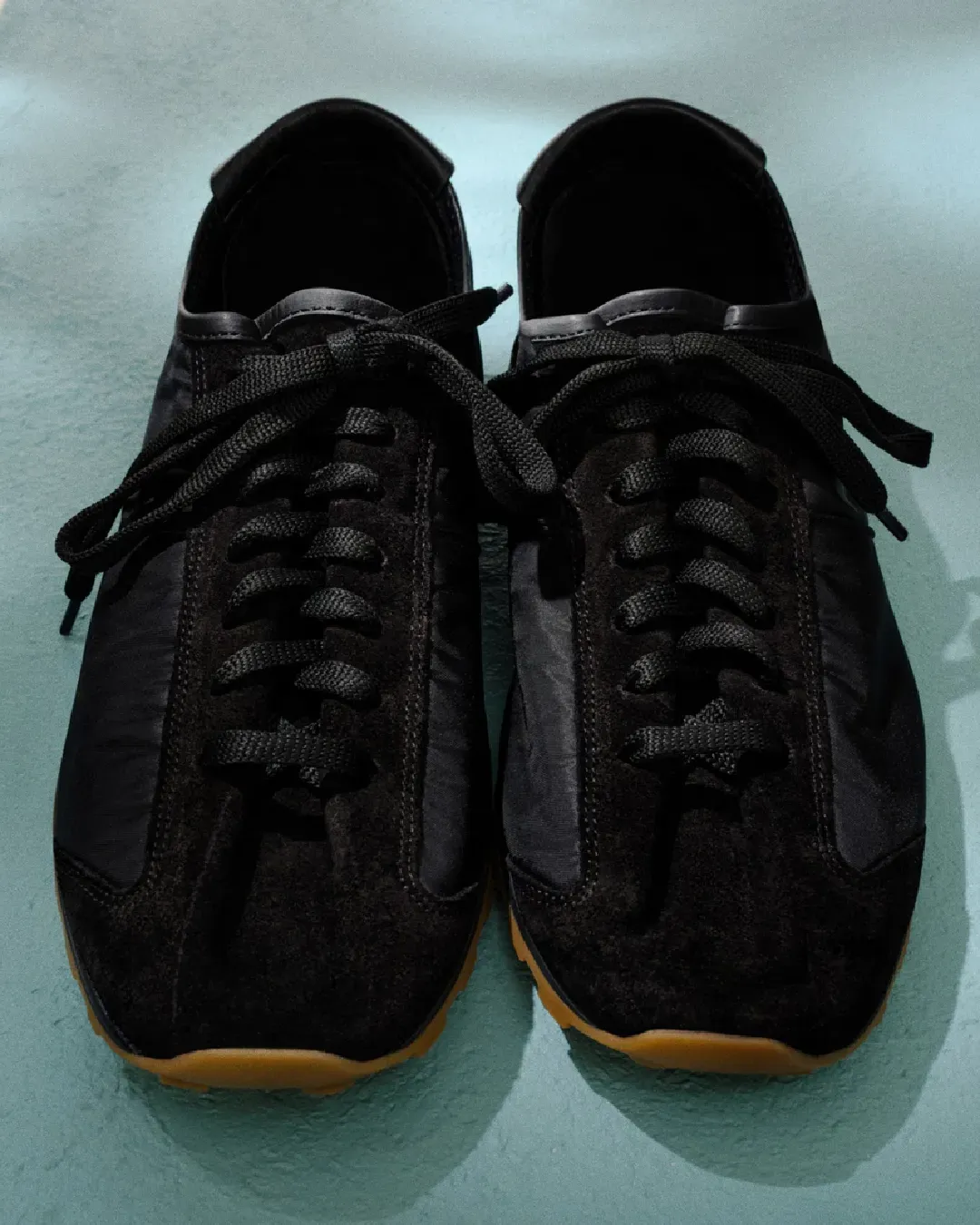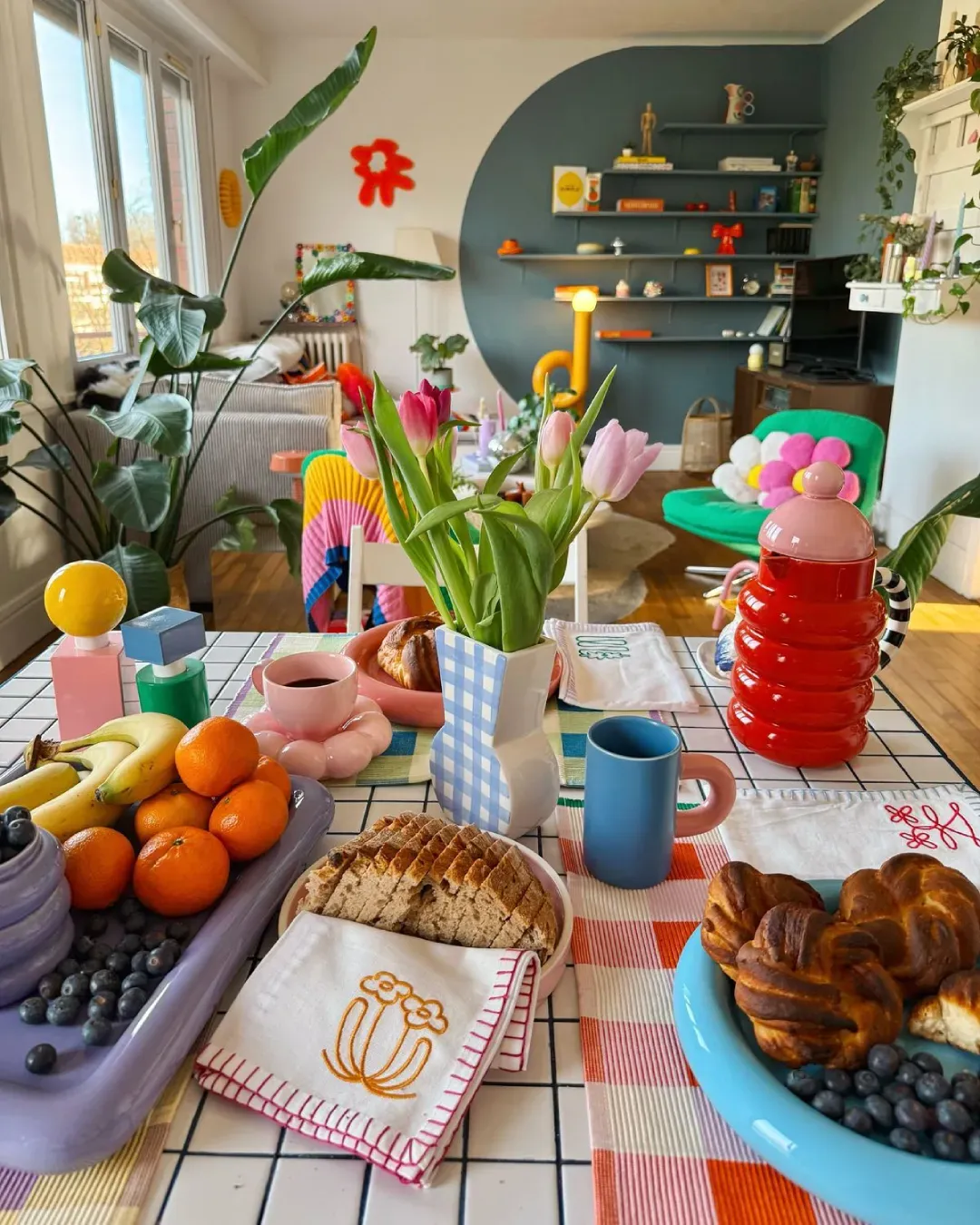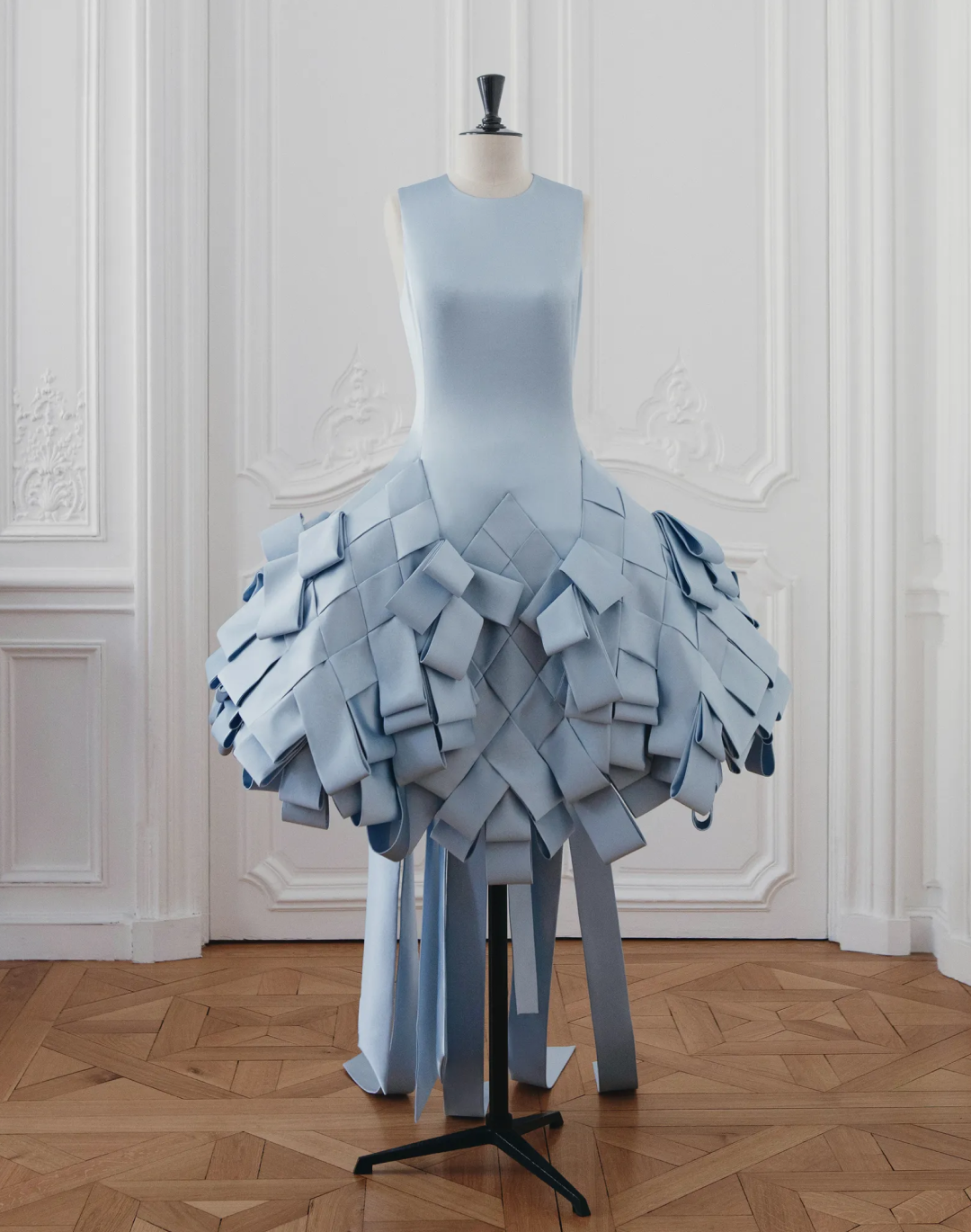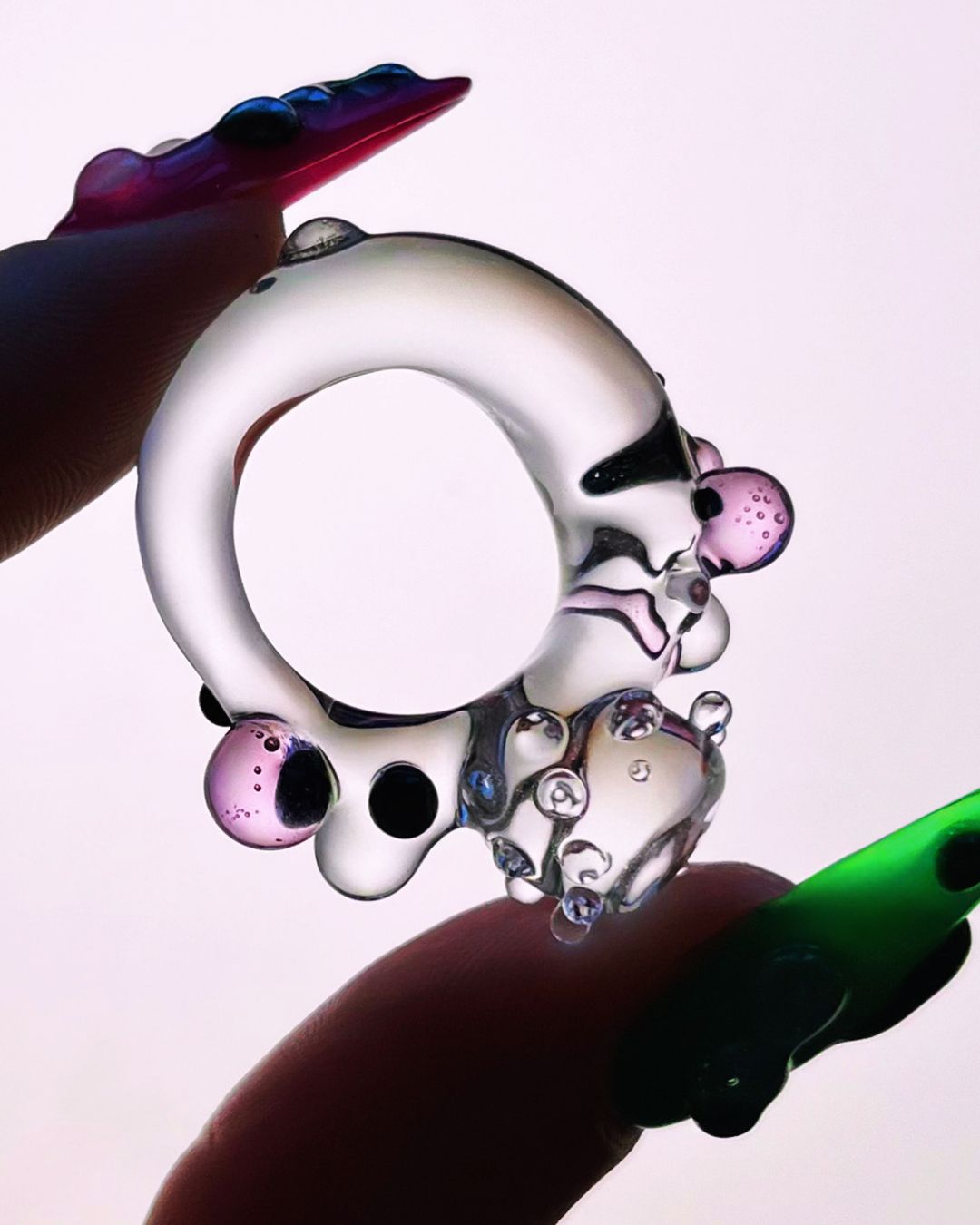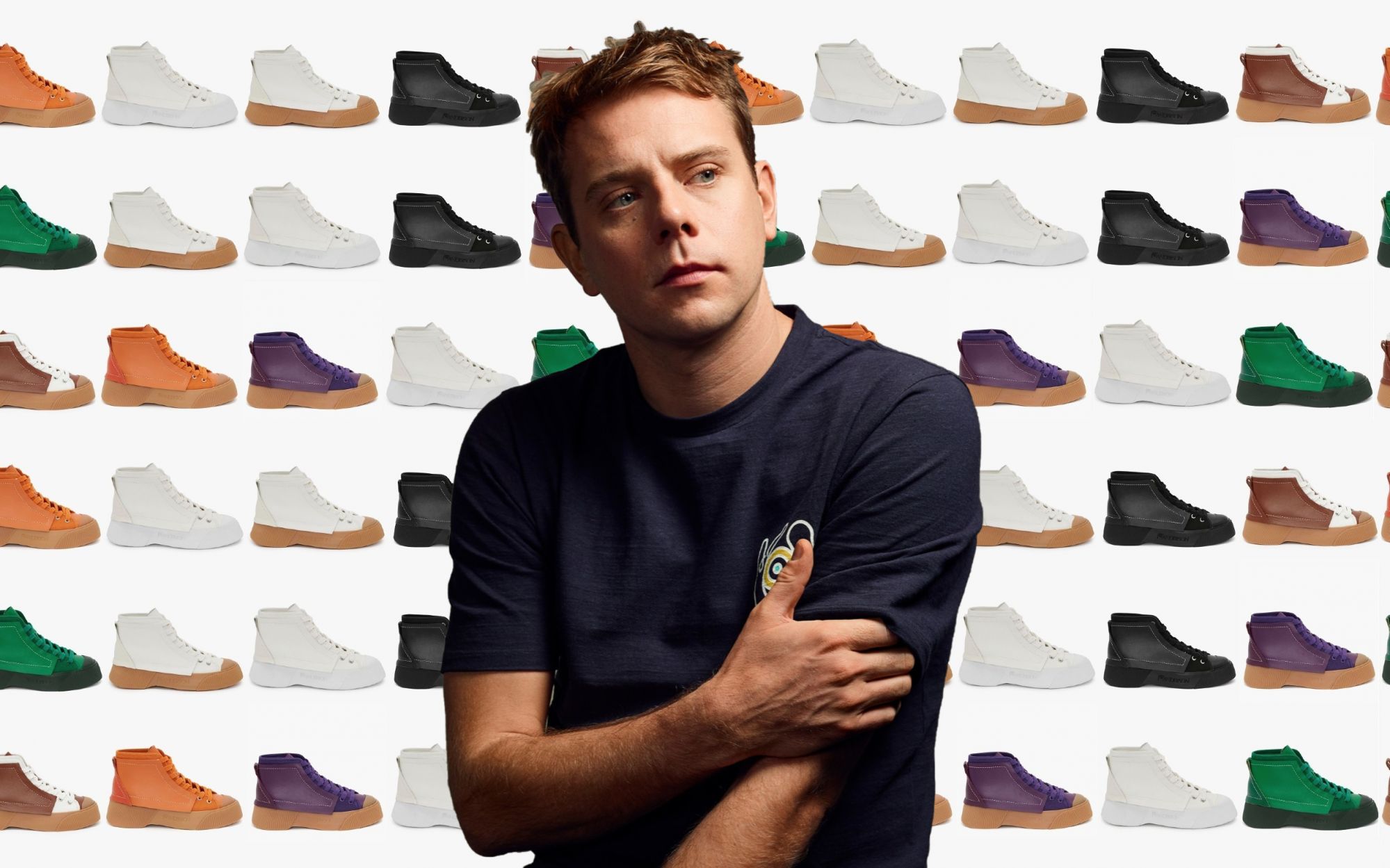
How to make a sneaker according to JW Anderson nss magazine talks to the Northern Irish designer about his new line of sneakers
Jonathan Anderson is undoubtedly one of the brightest stars in the new line-up of designers who have animated the fashion scene in recent years. A master of tailoring and construction, able to reread the traditional categories of luxury with irony and lightness, but also with an ability to translate his concepts into material solutions that make him a real master: not by chance, in addition to the brand that bears his name and that has already reaped huge successes all over the world, Anderson is also in charge of one of Europe's oldest luxury brands, Loewe, which has been able to reinvent collection after collection like no one had ever done before. With his eponymous brand, JW Anderson, the designer has always put into practice a peculiar philosophy of deconstruction that has recently also extended to a category unusual for him, sneakers.
Maximalism and eccentricity aside, in fact, JW Anderson is a guy who does not like to overdo it – he will never churn out ten different sneaker models all together, not immediately at least. Ideas for a line of sneakers need to grow slowly, organically. The model he has already created is more than enough: remixing the silhouette in seven different colorways, Anderson has produced a range wide enough to bypass seasonal and annual trends. The color, together with the materials and craftsmanship, was in fact the absolute protagonist of an almost destructured, abstract – but also incredibly elegant footwear.
To better understand the genesis of the sneaker and the mechanisms behind the mind of the one who created it, nss magazine spoke to Jonathan Anderson and asked him a few questions.
You have created several successful footwear collaborations during your career but this is your first in-house sneaker. What made you want to produce your own sneakers and why now?
I have always really enjoyed working on accessories whether it be bags or shoes or other pieces. I think they complete a look. And it was important for me and for my brand to have our own style and a sneaker that felt very JW Anderson. It just felt like it was time.
How did you adapt your house’s codes for the sneaker category? What feeling or aesthetic did you want to convey?
With JW Anderson I like to deconstruct. Sometimes it’s with a garment or a bag or, in this case, a shoe. With this sneaker it was about deconstructing the idea of the gym shoe and playing with proportions, like the thick rubber sole. And I like how it comes back together in an almost raw kind of way.
Are these the first of many sneaker you plan to design or will you focus on this silhouette for the next collections?
With trainers I think its about a gradual building up of a line or a silhouette. I really like this style because its forming a kind of base trainer for us to build on in future collections. For this collection I really wanted this feeling of bright, solid colour; where the shoe almost feels like it was dipped in colour. I think there is so much we can do with this shape.
What do you think the luxury sneaker market is currently lacking? How could it improve?
I don’t know if it is really lacking in anything. I think the trainer market is great because there are so many styles and brands. Its about finding the one that’s right for you and so the JW Anderson trainer is really about giving fans of the brand a sneaker that is very ‘us’.
Do you think that the category of sneakers and formal footwear will merge eventually or will they stay separate?
I think all kinds of categories, male and female, formal and street. The lines are already blurring and I think that’s great. Categories can be so limiting in a way. Crossover can be exciting.










































